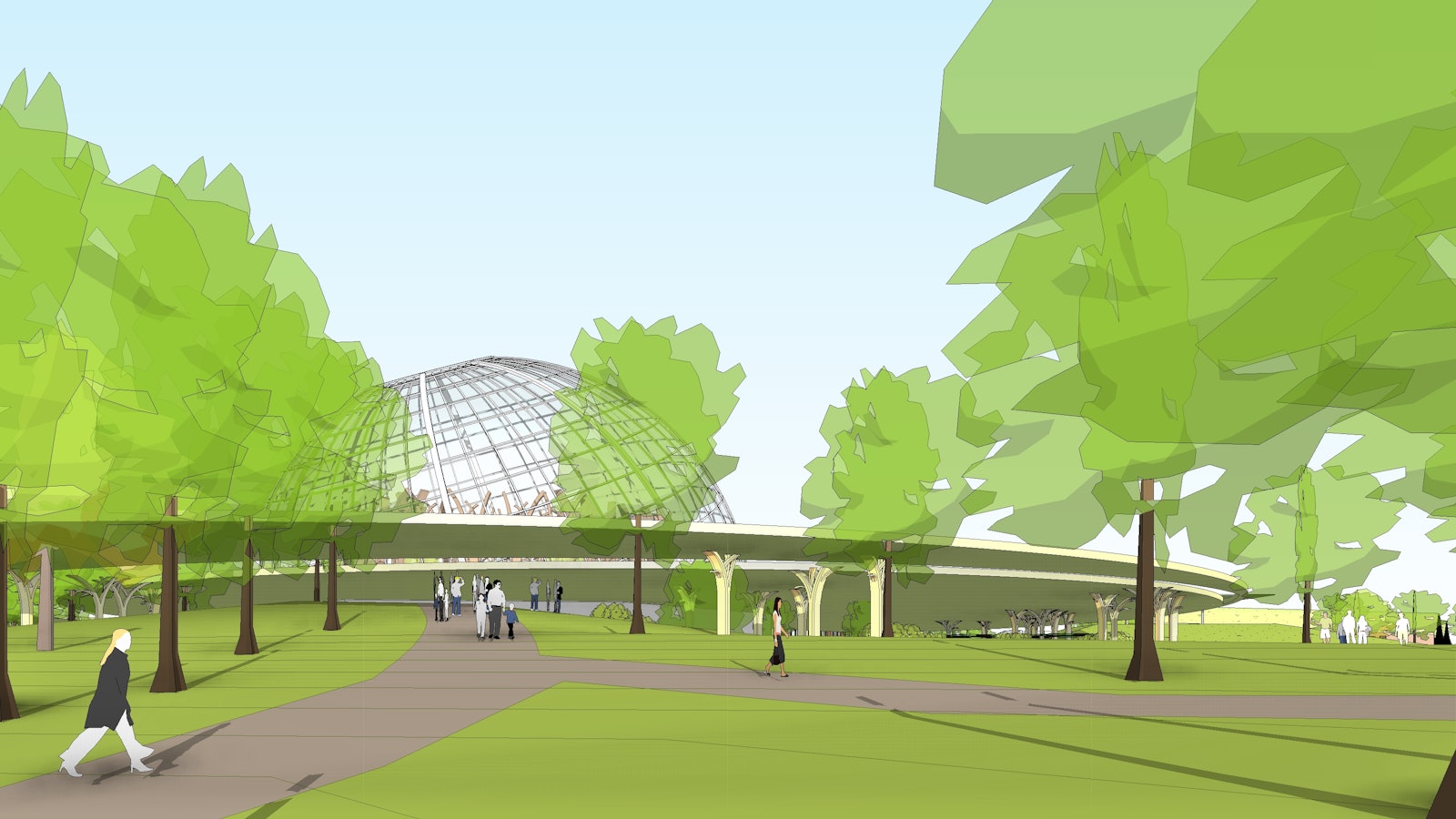Church of the Resurrection
This proposed expansion of the Church of the Resurrection in St. Louis, MO includes a new sanctuary, chapel, meeting rooms, church school, and offices. The envisagement of the congregation was a church building that would attract people of many different backgrounds and rouse, within them, the transformational mystery of the Divine. The building thus operates on two levels.
Initially, the building taps into our innate human feelings as a means of attracting all people regardless of their religious inclinations or knowledge. It uses four elements:
1. The timeless power of beauty to uplift us, humble us, and allow us to sense our role in the Divine Plan.
2. The organization of its entrances, paths, landmarks, edges, enclaves, ambiences, and centerplaces to help orient us and create a memorable sense of place that can be felt with all our senses.
3. An emotional impact through the use of size and scale, evocative contents, natural materials, color, and a sense of threshold empowered by the thrill of constraint and release.
4. A sociability that fulfills our most basic need for community.

The important point is that these elements are easily grasped by all humans, regardless of their religious inclinations, education, or training. They require neither intellect nor instruction to be understood and felt deeply. Their allure depends only on human instinct and primordial memory. However, while the allure of these elements takes hold immediately (think speed dating), time is needed for a visitor to discover deeper religious meaning, the transformational mystery of the Divine.
The building, having drawn the visitor in to begin a faith journey, can now enrich that journey with narratives through the language of ritual progressions and ceremonies, symbols contained in its ornament and icons, and the transcendence of art. These are usually understood through the use of our intellect and proactive involvement, rather than our innate human instincts, and require an instructor to be fully understood. Nonetheless, they hold a powerful allure for the traveler, both newly arrived or well established, who is now on the path of his or her personal faith journey.

Symbology of the octagon: attract people of all backgrounds, especially the non-religious, to experience the self's relation to transcendence and transformation.
Press
Awards
We're using cookies to deliver you the best user experience. Learn More







